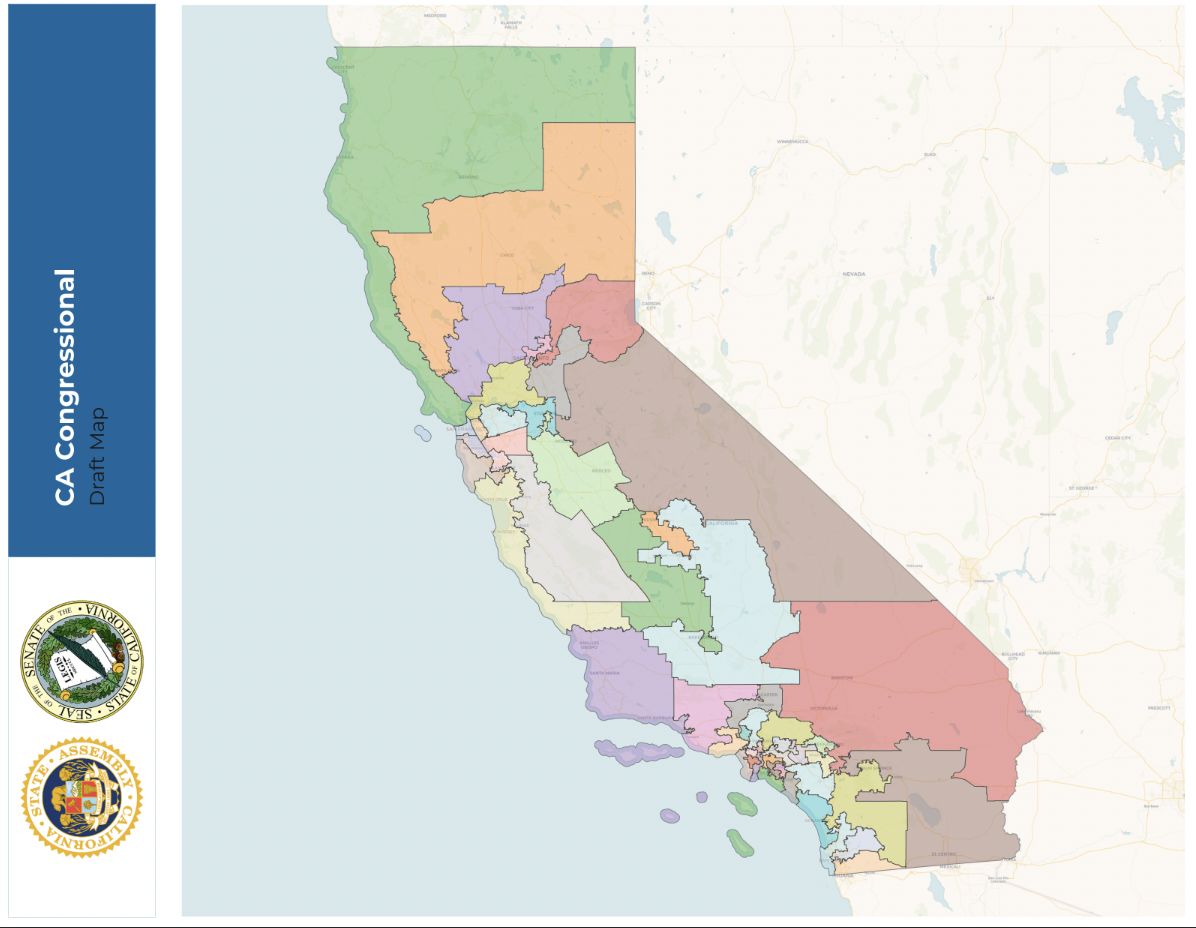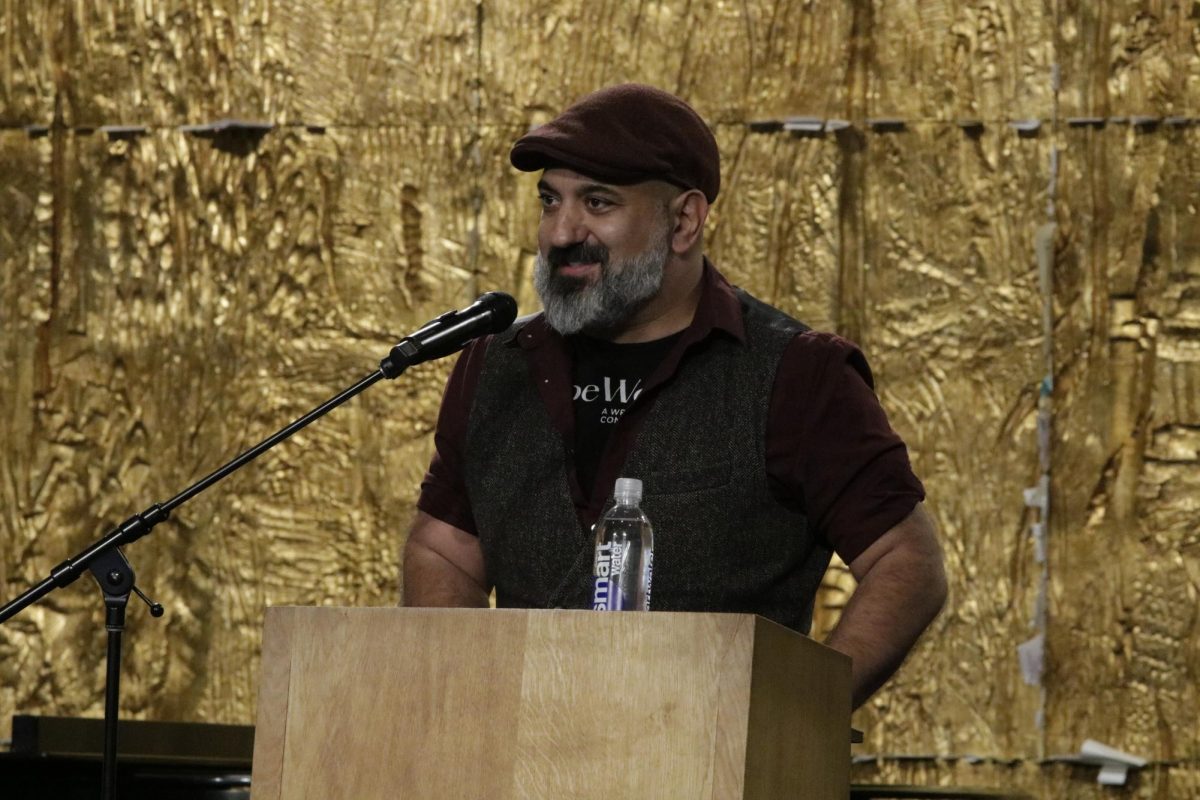With over a hundred million dollars in long-term debt, a budget that is almost entirely funded by students and an uncertain future, members of Biola’s administration said the university needs to get serious about expanding income sources.
Barry Corey, president of Biola, has been outspoken about this agenda and at the fall 2008 convocation said the university wants to “increase access and affordability” to its students.
He said there are four areas he sees as important to securing Biola’s financial future: increasing the amount of available scholarship money, operating efficiently, not compromising the quality of education, and building a secure endowment.
He said balancing those four areas can be tricky, though.
“How do we keep the quality of our education reflective of our aspirations to be a comprehensive, internationally recognized university?” he said. “We want to make sure we’re not watering down the quality of our education to make things more affordable …. We don’t want to do that, because then we’re undermining the reason many people come to Biola.”
Corey has led a push in Biola’s administration to increase donations and fundraising to the university so that its income stream would be less tuition-dependent. Currently, about 92 percent of the university’s income is student-generated according to Biola’s last financial report, which covers up to June 30, 2007.
However, Corey said he cautiously views what he calls “cash cow enterprises,” such as on-campus publishing houses or online education programs which may generate a large amount of revenue, but he said could distract from Biola’s mission.
“I don’t think there’s a quick fix to the affordability issue by just trying some new, wild idea,” he said in an interview. “We want to be deliberate, we want to be patient, we want to have as our goal making this school more affordable.”
Over $103 million dollar long-term debt was recorded in Biola’s latest financial report. Although seemingly staggering, Dave Koontz, senior director of financial management and reporting, said it is lower than it has been in the past.
He also said that Biola has only taken out debt to fund projects that have ensured revenue stream – meaning they will generate additional income to the school. These include projects such as Horton Hall, the turf soccer field and some parts of the Central Plant.
Koontz said Biola is “comfortable” with the debt, but isn’t planning on doing additional borrowing in the near future.
“We do have some debt, but we are careful about the debt,” he said.
Because much of Biola’s debt is from projects that have contributed to a growth in revenue, Corey said he considers it “good debt.”
“Money that we borrow externally, which we do with our bonds, needs to be borrowed in such a way that we can justify revenue to be able to pay that debt back. To me that would be a non-negotiable,” Corey said.
Balancing out the debt is over $53 million in investments, according to a finance department graph. Koontz said Biola’s investments are “aggressive,” and give the university a “good exposure to the market.”
Though this investment strategy has contributed to a growth in Biola’s endowment, it still means Biola is very vulnerable to the market, he said.
“When the market is down, we feel that,” said Koontz, referencing the recent market fall, which he said will be apparent in Biola’s next financial report.
Until significant advances are made in fundraising, though, Biola’s finance department is carefully trying to anticipate and plan for the future, said Sandie Weaver, senior director of financial planning and operations.
She said her department regularly meets to discuss future enrollment numbers, including an anticipated plateauing of student enrollment numbers in the next decade. This prospect would especially affect Biola since it is largely student revenue-driven, and budget increases are necessary each year due to inflation and faculty raises.
The large amount of enrollment Biola has been enjoying now, though, will help the finance department deal with the possibility of slowing enrollment in the future, Koontz said.
The possibility of losing federal or state funding for grants and scholarships because of Biola’s discriminating hiring practices is the biggest worry Corey said he has about the future.
“If that happened, that would be a significant challenge to overcome,” he said. “That is reality we may have to contend with in the coming years.”
“Biblical stewardship,” though, is how Corey thinks Biola should confront the challenges. He said this includes praying about decisions and making sure the school is not being unnecessarily “extravagant.”
“Here at Biola it’s not the administrators’ money to spend,” he said. “This is God’s work here, and these are God’s resources, and I think we’re going to be held accountable for how we use them.”







